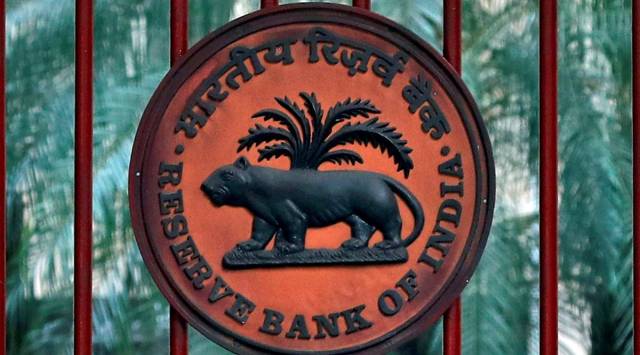100-bp repo hike needed ‘very soon’: MPC member Varma
The steep decline in surplus was due to the absorption of liquidity by the central bank under the reverse repo window.
 The RBI’s “surplus” is the excess of income over expenditure in accordance with Section 47 (Allocation of Surplus Profits) of the RBI Act, 1934.
The RBI’s “surplus” is the excess of income over expenditure in accordance with Section 47 (Allocation of Surplus Profits) of the RBI Act, 1934.
The Reserve Bank of India’s (RBI’s) contribution to the government’s finances has fallen steeply with the board of the central bank approving a surplus transfer of Rs 30,307 crore to the government for 2021-22, sharply down by 69.42 per cent from Rs 99,126 crore for the accounting period of nine-months ended March 2021. The dividend was paid for that nine-month period as the central bank aligned its financial year with the government’s fiscal year.
The steep decline in surplus was due to the absorption of liquidity by the central bank under the reverse repo window. “In FY22, due to heavy investment of the RBI in reverse repo auctions which at an average of Rs 6-7 lakh crore a day at a cost of even 3.5 per cent (average) would mean a cost of Rs 21,000-24,500 crore. This would have accrued to the government and the surplus would have been higher,” said Madan Sabnavis, chief economist, Bank of Baroda.
“For the year, the government is targeting Rs 74,000 crore as dividend/surplus from the RBI, PSBs and other public financial institutions. This will mean that a large part of profit of PSBs will have to be transferred to make good this number or else there will be a slippage,” Sabnavis said. In the reverse repo, banks make a short-term, guaranteed loan to the central bank.
The RBI’s “surplus” is the excess of income over expenditure in accordance with Section 47 (Allocation of Surplus Profits) of the RBI Act, 1934.
The RBI board has decided to maintain the Contingency Risk Buffer at 5.5 per cent. The RBI board also discussed the working of the RBI during the year April 2021– March 2022 and approved the Annual Report and accounts for the accounting year 2021-22. In 2018-19, the RBI Board approved a transfer of Rs 1,76,051 crore to the government, including a surplus or dividend of Rs 1,23,414 crore, and a one-time transfer of excess provisions amounting to Rs 52,637 crore.
Buy Now | Our best subscription plan now has a special price
The RBI’s “surplus” is the excess of income over expenditure in accordance with Section 47 (Allocation of Surplus Profits) of the Reserve Bank of India Act, 1934. The RBI is also supposed to manage the borrowings of the Central and state governments, supervise or regulate banks and non-banking finance companies and manage the currency and payment systems. The central bank’s income comes from the returns it earns on its foreign currency assets, which could be in the form of bonds and treasury bills of other central banks or top-rated securities, and deposits with other central banks.
When Urjit Patel was the RBI Governor, there was a spat between the Centre and the central bank over a proposal by the Finance Ministry seeking to transfer a surplus of Rs 3.6 lakh crore — over a third of total reserves —to the government. The RBI then formed a committee to work out a formal structure to decide the quantum of surplus to be transferred to the government.





- 01
- 02
- 03
- 04
- 05


























